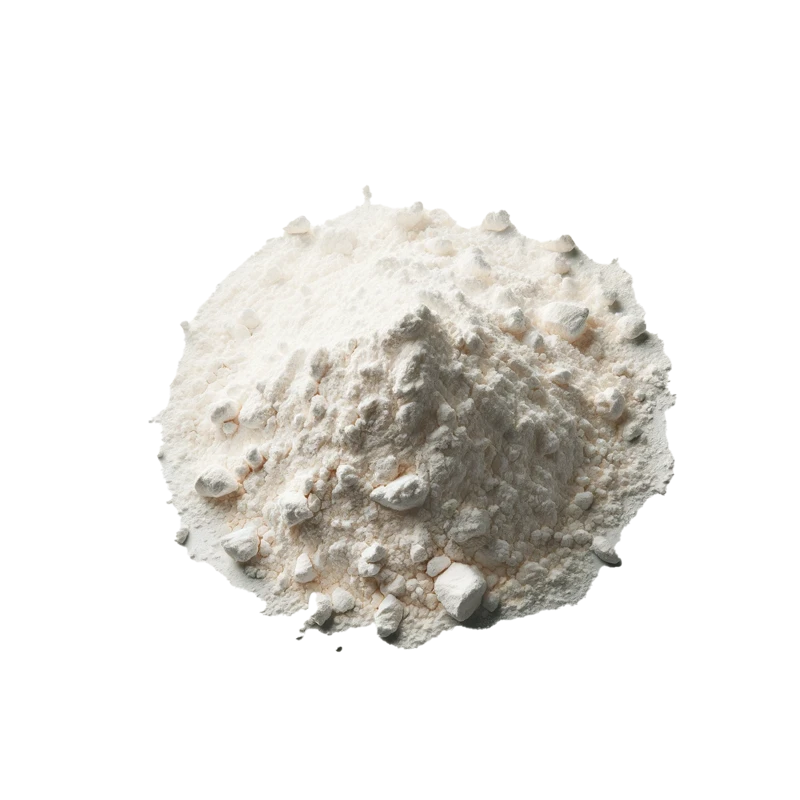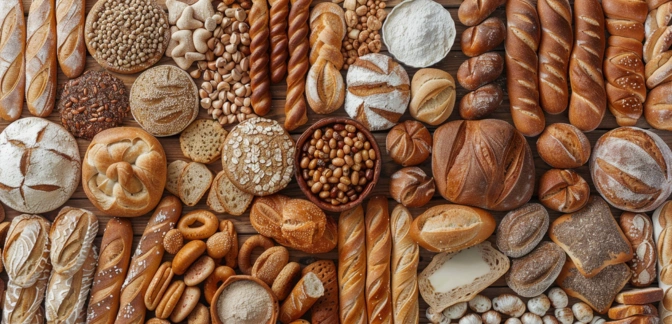Flour — Nutrients, Health Benefits, And Shopping Tips

Written by Listonic Team
Last update on September 4, 2024
Nutrition facts
Nutrition facts
Amount per 100 g
Calories
🔥 364 kcal
| Nutrition per: 100 g | Value | % Daily Value* |
|---|---|---|
| Carbs | 76 g | 27.64% |
| Fiber | 3 g | 10.71% |
| Sugars | 0 g | - |
| Glycemic Index | 85 | - |
| Protein | 10 g | 20% |
| Sodium | 2 mg | 0.09% |
| Total Fat | 1 g | 1.28% |
*The % of Daily Value (DV) tells you how much a nutrient in a serving of food contributes to a daily diet. 2,000 calories a day is used for general nutrition advice.
10 g
🧀 Good Protein Content
1 g
🥕 Low Fat Content
Did you know?
Health benefits
- Provides energy from carbohydrates, making it a primary source of fuel for the body and brain.
- Rich in essential vitamins and minerals if made from enriched or whole grain varieties, including B vitamins (thiamin, riboflavin, niacin, folic acid) and iron, which support energy metabolism and overall health.
- Source of dietary fiber if made from whole grains, promoting digestive health, regular bowel movements, and a healthy gut microbiome.
- Supports bone health if fortified with calcium, helping to maintain strong bones and teeth.
- Versatile in cooking and baking, allowing for the creation of a wide variety of nutritious foods and baked goods.
Health risks
- Low nutrient density particularly in refined white flour, which lacks essential nutrients and fiber compared to whole grain flours.
- High carbohydrate content which can cause rapid spikes in blood sugar levels, particularly concerning for diabetics or those on low-carb diets.
- Gluten content in most types of flour, making it unsuitable for individuals with celiac disease or gluten sensitivity, potentially causing digestive discomfort and other health issues.
- Risk of contamination with harmful bacteria such as E. coli, particularly in raw flour, which can pose a health risk if not properly cooked or handled.
How to choose flour
Good quality flour should have a fine, powdery texture without any lumps or a musty smell. Whether it’s whole wheat, all-purpose, or another variety, inspect the packaging for airtight sealing to ensure freshness.
Do not use flour that has a stale odor or shows signs of moisture, such as clumping, which can affect its baking properties. Properly stored flour should mix smoothly into batters and doughs, providing the desired structure and texture to baked goods.

How to store flour
Flour should be stored in an airtight container in a cool, dry place. Keeping it in the pantry or a cupboard helps maintain its quality. Properly stored, flour can last up to a year.
Moisture can cause flour to clump and spoil. It’s important to store it away from humid areas. A well-sealed container prevents it from absorbing odors and contaminants, ensuring it stays fresh and usable.
✅ Extra Tip
How long does it last?
Flour can last for 6-8 months when stored in an airtight container in a cool, dark place. Whole wheat flour has a shorter shelf life of about 4-6 months. For longer storage, flour can be kept in the refrigerator or freezer, where it can last up to 1 year.
What to do with leftovers?
Leftover flour can be used in a variety of culinary and non-culinary ways. In the kitchen, it’s essential for baking and cooking, used in making breads, cakes, pastries, sauces, and coatings for frying. Flour can also be used to thicken soups and stews or to make roux for rich, creamy sauces.
Beyond cooking, flour has several practical uses. It can be used in DIY beauty treatments, such as mixing it with water to create a natural face mask that helps absorb excess oil. Flour can also be sprinkled on hands and surfaces to prevent dough from sticking when working with sticky substances, such as play dough or crafts. Additionally, it can be used as a natural cleaner for polishing stainless steel; simply apply a small amount to a soft cloth and buff the surface to remove fingerprints and smudges. Flour can also be used to create homemade glue or paste for craft projects.
👨⚕️️ Medical disclaimer
Discover products from other categories
Listonic Team
Fact-checked
Our editorial team checked this article to make sure it was accurate at the time of publishing it.
Get the top-rated shopping list app

flour
1 piece







